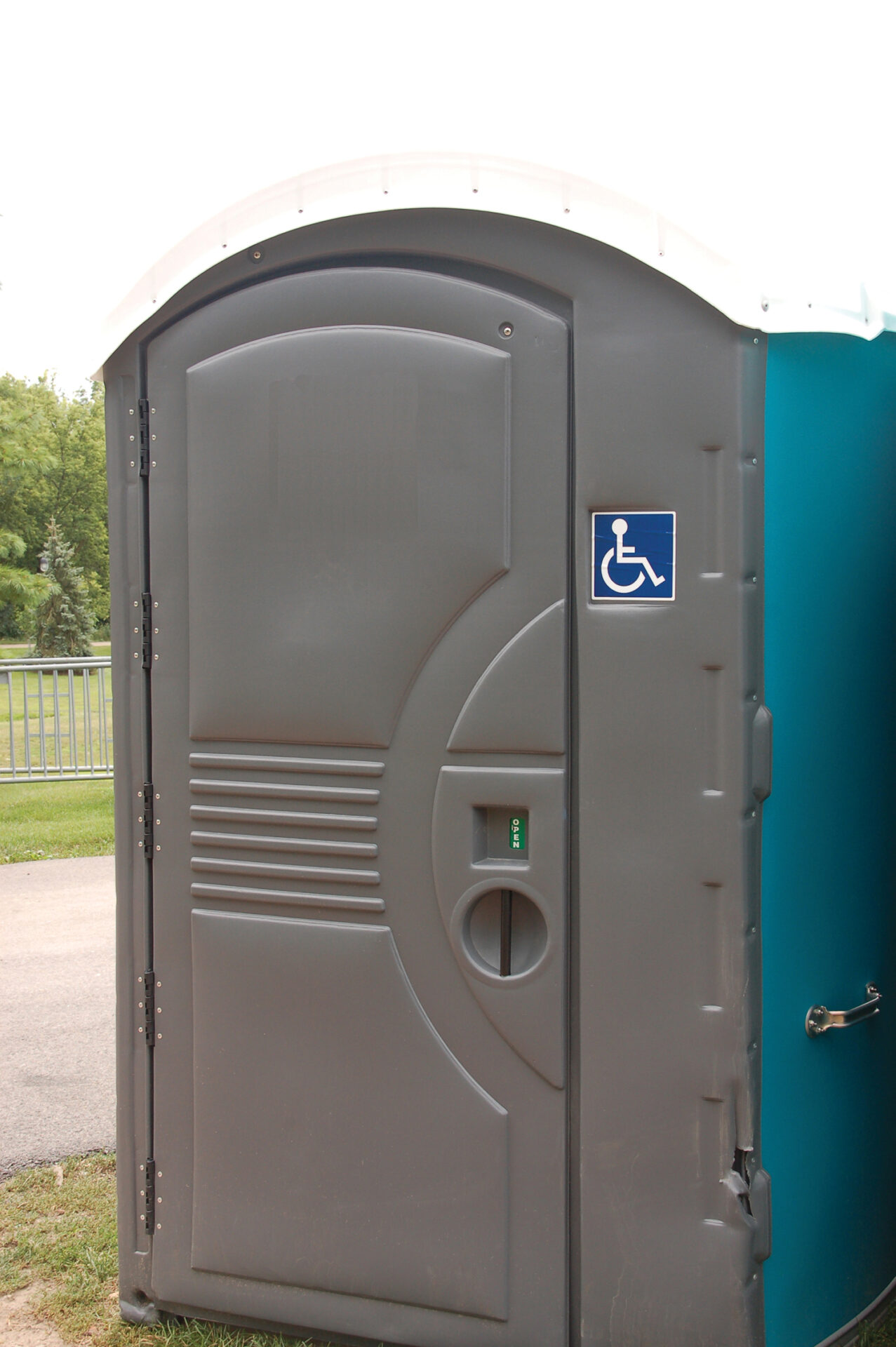
Spreading the Truth About the Portable Restroom Industry
June 4, 2018
Gather Customer Feedback to Improve Your Business
June 11, 2018You may have heard the terms ADA units and handicap-accessible units and thought they were interchangeable. Yet, there are differences between the two. As many clients won’t be aware of this, it is extremely important that you, the portable restroom operator, know what they are.
Some clients, especially those linked to government, may specifically request units that are ADA-compliant. We’ve broken down the regulations of each so you can inform your customers about the differences.
What is a Handicap-Accessible Unit?
Let’s begin with the more basic of the two. A handicap-accessible unit requires the following:
- A wider door than a standard unit, for wheelchair accessibility
- A ramped entrance, also for a wheelchair
- Enough space inside to perform a three-point turn in a wheelchair
Having these three boxes ticked means you have a handicap-accessible portable restroom. However, it does not mean the unit is compliant with ADA regulations. For one, since the doors are not required to be hinged, they can be difficult to close unassisted.
Let’s look at what constitutes an ADA-compliant unit.
What are ADA Regulations?
The Americans with Disabilities Act (ADA), 1990 introduced regulations for portable restroom accessibility. These include and extend beyond the handicap-accessible points mentioned above. They require:
- A minimum of one ADA-compliant unit for every 20 portable restrooms on a site, including at least one toilet in every cluster of units
- In addition to the wider door and ramped entrance, hinged or magnetic doors are required for easier closing
- Reinforced construction of the unit and reinforced grab bars inside
- A placard to be displayed on the outside of the unit indicating that it’s ADA compliant —this is usually a blue wheelchair sign accompanied by braille
- Enough space for a 360-degree wheelchair turn, not just a three-point turn
The last point is highly important because it most distinguishes an ADA-compliant unit from a handicap-accessible one. The units must be larger. This means they cost more to rent and purchase and that more space will be required on the delivery truck.
Some cities require ADA regulations to be upheld, while others do not. Regulations differ from city to city and state to state, so make sure you check your local laws.
You can view our comprehensive ADA requirement checklist for more information.
In addition to units, it might be useful to know that handicap-accessible wash stations are available with hand pumps (instead of foot pumps) for water activation.
Get the JohnTalk “ALL-ACCESS PASS” & become a member for FREE!
Benefits Include: Subscription to JohnTalk Digital & Print Newsletters • JohnTalk Vault In-Depth Content • Full Access to the JohnTalk Classifieds & Ask a PRO Forum
So, now you know! An ADA-compliant unit covers all the regulations of the Americans with Disabilities Act, but a handicap-accessible unit does not fully meet these requirements. Pass this information onto clients when discussing their needs so that they are aware of the differences. At the end of the day, the customer will tell you which they want. If you and the customer are aware of the differences, the right decision will be made.
Knowledge is key in this industry. It’s happened before that operators have installed the smaller handicap-accessible units on government sites when ADA-compliant units were required. An informed operator will not make these mistakes.
Looking to Take Your Portable Restroom Business to the NEXT LEVEL? Download our FREE Guide: “Your Guide to Operating A Portable Restroom Business.”
Thinking About GETTING INTO the Portable Restroom Industry? Download our FREE Guide: “Your Guide to Starting A Portable Restroom Business.”






